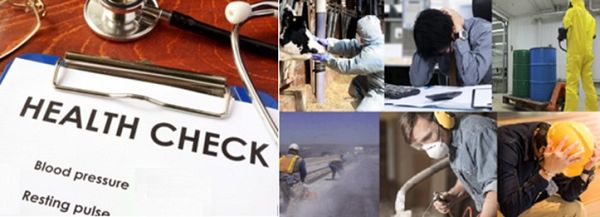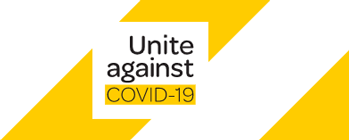
Thursday February 2, 2023 11:04
Welcome to the first Securo newsletter for 2023.
This month we are going to look at workplace health and how it can be managed.
The performance of your organisation is directly linked to the health and wellbeing of your workforce. Work can affect health, just as health can affect a worker’s ability to work safely. In general, work-related health risks fall into five categories.
- Chemical risks: Exposure to solvents, hazardous substances.
- Biological risks: Exposure to bacteria.
- Psychosocial risks: Bullying in the workplace.
- Ergonomic risks: Continuous lifting of heavy items.
- Physical risks: Exposure to excessive noise.
You should consider these risks. Walk around your workplace: what are the health hazards?
- Look at work processes, equipment used, the workplace itself and workers’ activities.
- Ask your workers about the health hazards they notice.
- Identify the workers that may be more at-risk to health hazards.
- Think about the consequences of being exposed to the hazards you have found. How likely are these to occur?
- Identify hazards:
- Do you use hazardous substances? Obtain copies of their safety data sheets (SDA’s) available from the supplier and check on the safety precautions and requirements for handling and use. Check that your workers have all the necessary PPE to minimise harm
- Are your workers exposed to bacteria? – work on drains, animal and human waste?
- Talk to your workers – invite them to be involved, obtain their input on hazards, ask about bullying and wellbeing.
- Are workers carrying out work that is excessively tiring? – can a better method/process be used?
- Is your workplace always noisy? Is it the machinery, radios, the process?
- How is the health of your workers? Do you have a process for identifying impacts on wellbeing and/or pathways for workers to report failing health?
On the completion of this hazard review you will have a thorough assessment of your workplace and the hazards that are present. You will have identified areas of concern. These should be documented. Think about the consequences of being exposed to the hazards you have found. How likely are these to occur?
At this stage you may consider obtaining some specialist advice on the necessary steps you should now take to monitor the health of your workers exposed to these hazards.
Health Monitoring of Workers
Identify hazards where exposure monitoring can be set up to monitor the level of exposure to workers. Seek help from a health and safety professional, especially to conduct exposure monitoring.
| Dust/Particles. |
Noise. |
Fatigue. |
|
ELIMINATE
Use different materials. |
ELIMINATE
Remove the source of noise or replace with equipment that is below harmful levels. |
|
|
MINIMISE
- Use wet working suppression methods.
- Install dust collection systems.
- Wash clothing exposed to dust.
- Provide worker training on dust hazards and risks.
Provide respiratory protective equipment |
MINIMISE
- Maintain plant and equipment.
- Use noise insulated enclosures.
- Relocate noisy machinery to less populated areas.
- Provide appropriate hearing protection for workers in addition to other controls.
- Provide training in fitting and maintenance of hearing protection.
|
MINIMISE
- Manage work schedules and shift length.
- Schedule demanding tasks at hours when workers are more alert.
- Limit work that has excessive mental or physical demands.
|
|
Provide respiratory health monitoring for workers with an experienced health professional. Set up a system for workers to actively report any concerns.
|
Monitor noise levels on site.
- Provide audiometry tests for workers exposed to noise.
- Encourage workers to actively report any concerns.
|
Talk to your workers about their levels of fatigue.
Encourage a positive work culture for workers to report and discuss fatigue. |
- Talk with workers about the results of the health monitoring and exposure monitoring tests.
- Change the work environment and methods or materials used where necessary.
- Regularly review work activities to identify new risks.
- Seek expert advice from a health and safety professional.
- Refer to WorkSafe or industry guidance for help.
- Educate workers on the health hazards and health risks in your workplace and continually address gaps in their knowledge.
If you have any concerns around this topic or other Health & Safety matters, your Securo Consultant is available to help. We can also advise on hazard management and provide access to specialist health professionals who provide health monitoring services. So please give them a call or alternatively, you can contact Securo head office on 0800 55 33 44.


